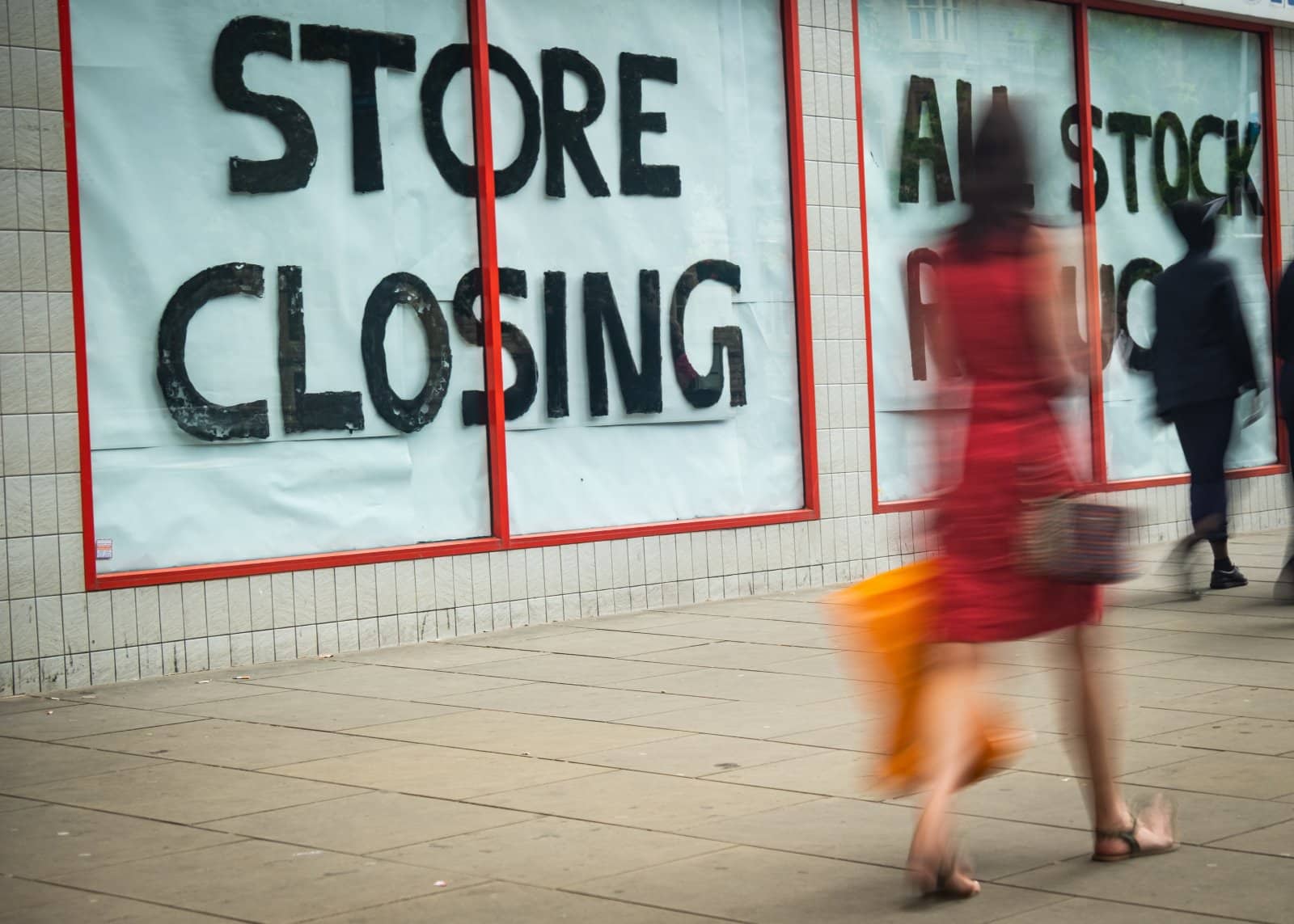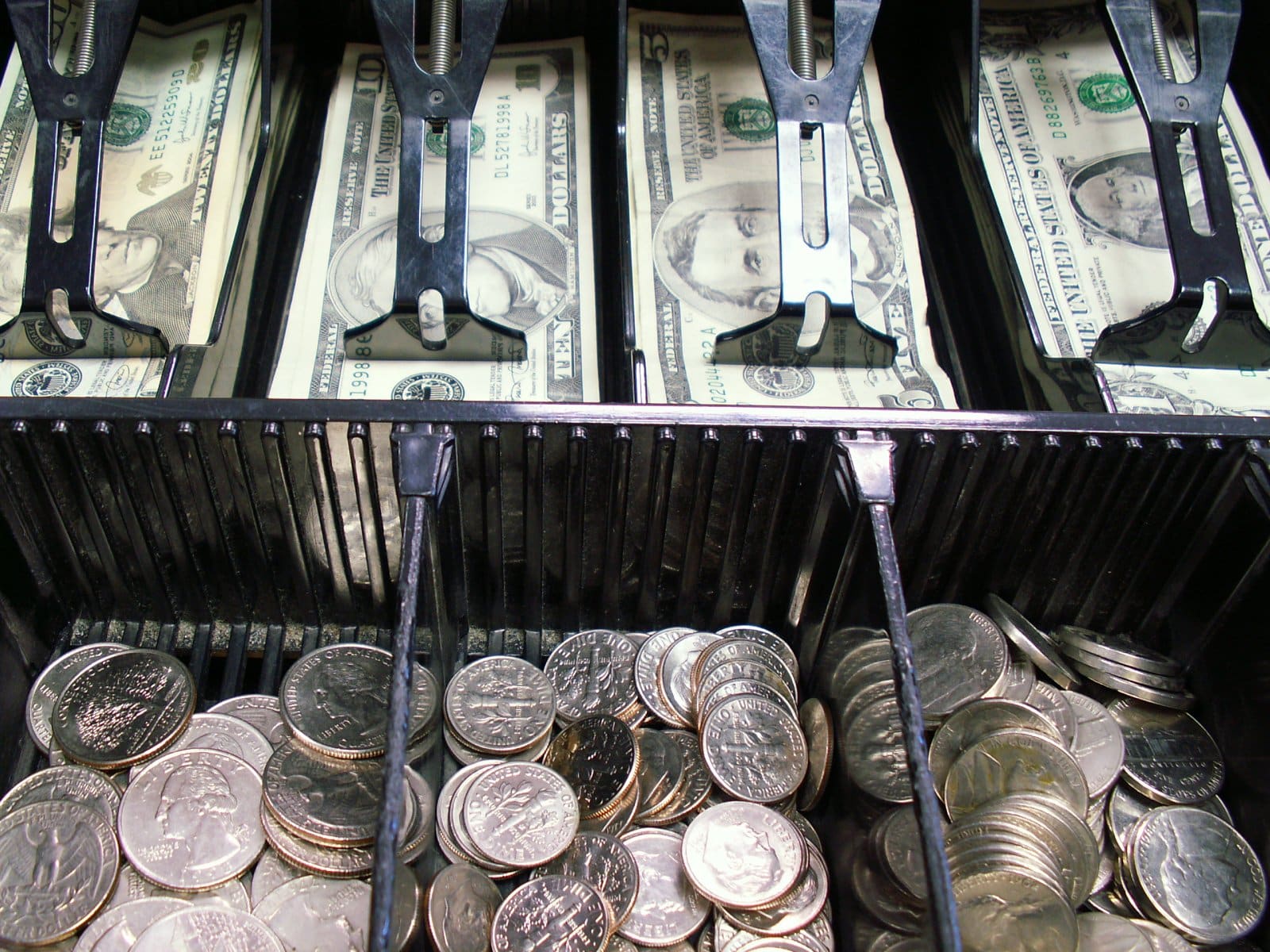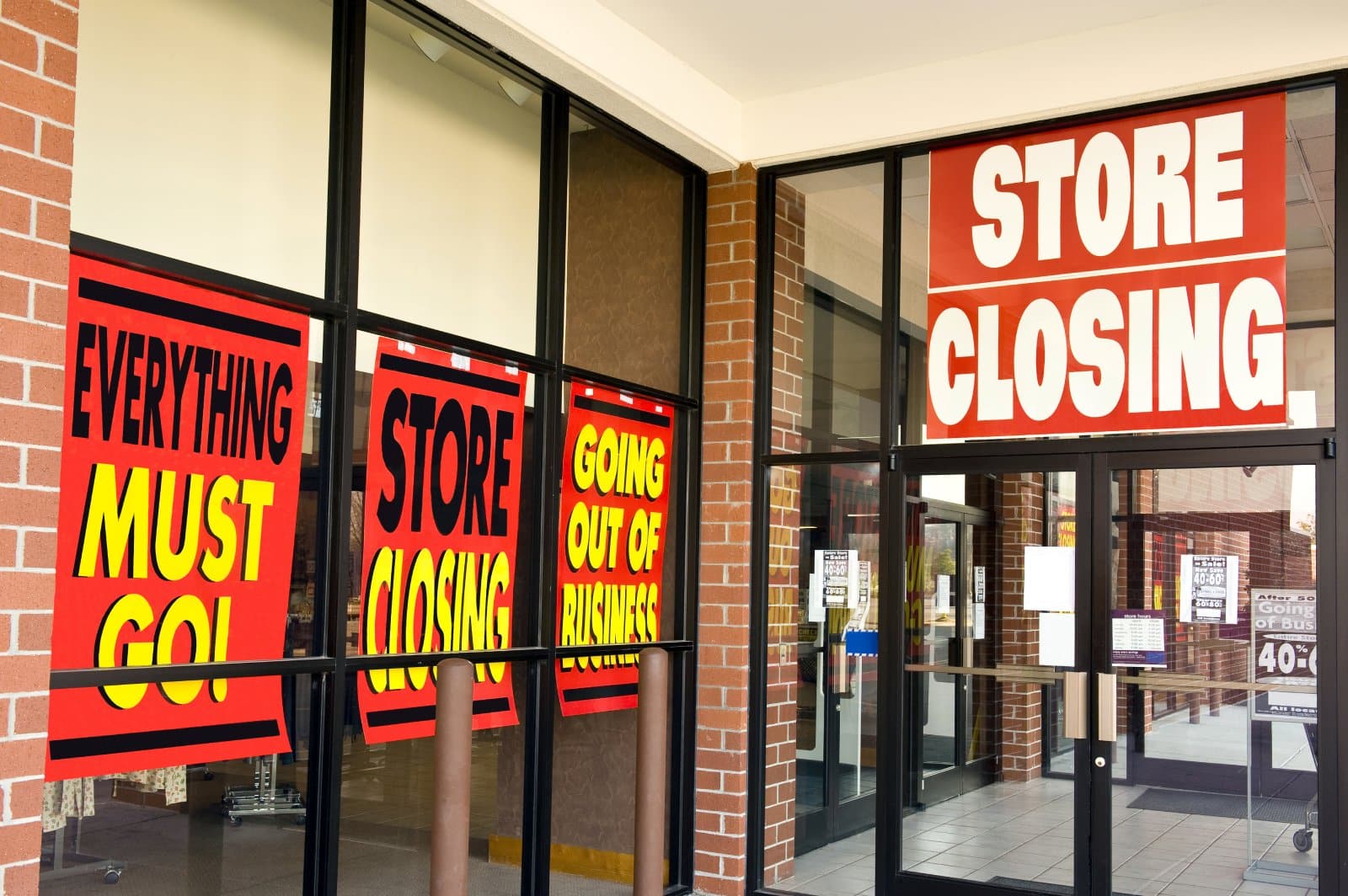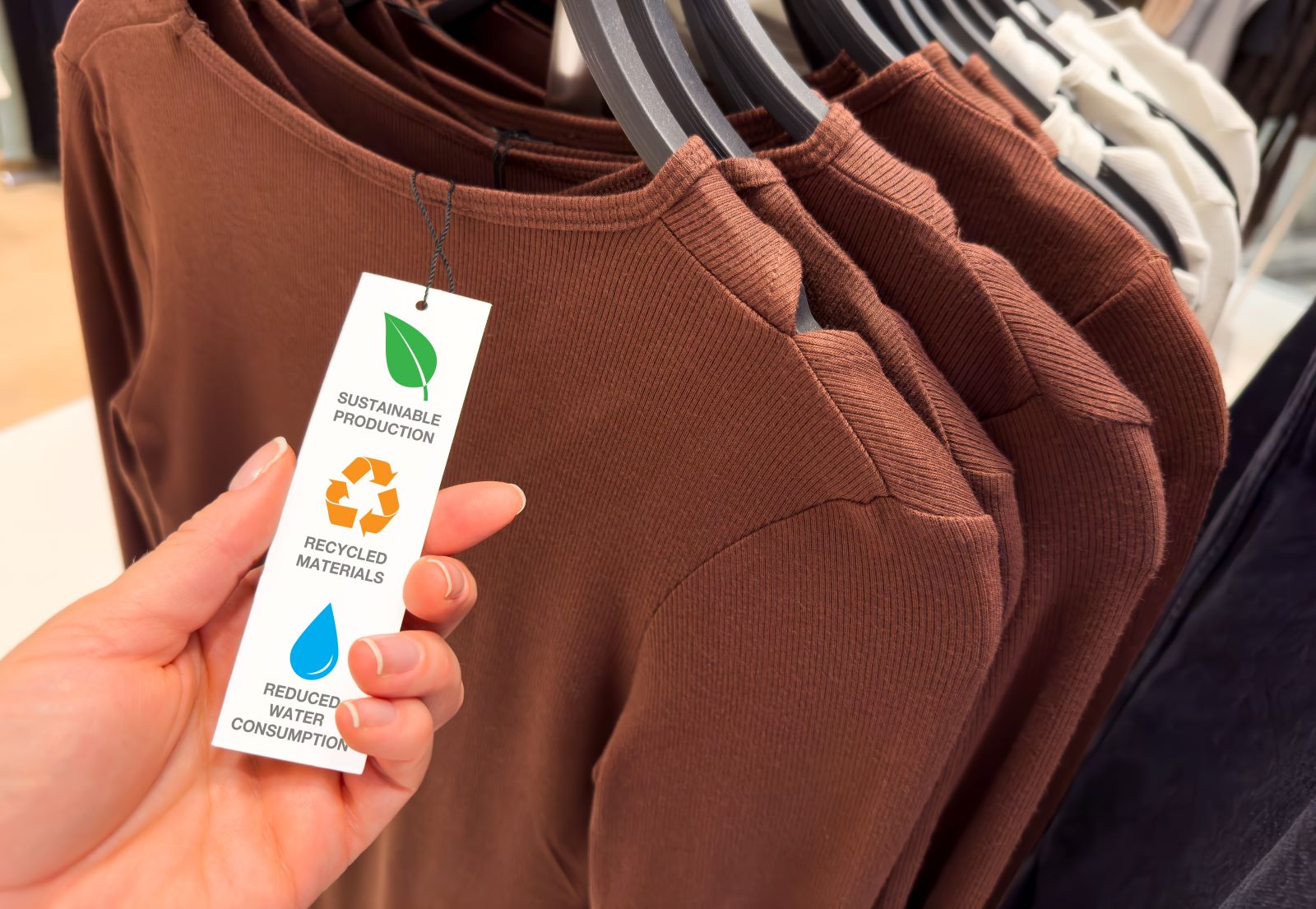Popular department store, J.C. Penney, has announced the closure of multiple stores across the country. This announcement reflects changes in the retail industry as online shopping becomes more popular. But how will these changes affect consumers and the future of in-store shopping?
J.C. Penney Stores Close

The American retail giant has announced that it’s closing several stores. This move is part of a broader trend among traditional retailers in response to a changing market. Department stores are especially vulnerable to recent trends away from in-person shopping.
Which Stores Are Affected?

There are specific locations in Alabama, Texas, and Maine that will be closed by the fall of 2024. Similarly, some stores in Maryland will remain open until next year, as the company chooses to focus on its profitable locations.
J.C. Penney’s Financial Health

Although J.C. Penney continues to be profitable, the company’s income is slowing. Rising costs, supply chain issues, and consumer behaviors have all added financial pressures to the retail industry overall.
Reducing Costs

The company is aiming to fix its financial position by closing its weak stores and focusing on the ones that perform better. A smaller physical presence could lower the department store’s overhead costs and make it more profitable overall.
Current Store Count

J.C. Penney still operates nearly 660 stores across the United States. Despite the closures, the company has a large presence in the retail market and still serves many loyal customers.
Other Department Stores Closing

Many other department stores have also faced financial troubles. Macy’s, Sears, and Kmart have also had to close many locations. Department stores are struggling to compete with online retailers, demonstrating a change in how and where people are choosing to shop.
The Rise of Online Shopping

Online shopping has changed how we buy many things. Many consumers now prefer to shop from home because of the availability of a variety of products and generally more competitive pricing. This change has led to the decline of many physical stores.
Staying on Top of Trends

Many consumers also prefer to stay on top of the trends. Because of the nature of department stores, which typically stock large amounts of clothing around the country, the retailers usually have fewer trending items in stock.
The Impact of COVID-19

The COVID-19 pandemic furthered the movement toward online shopping. Lockdowns and social distancing caused many customers to prefer online shopping over traditional retailers, which has had a lasting impact on how we shop.
The Future of Department Stores

The future of department stores lies in their ability to change with the times. Retailers need to embrace new technologies, change their in-store experiences, and find ways to have both online and offline options.
New Retail Strategies

Some department stores are choosing to focus on the experience. From personalized services to hosting events, many retailers are now creating a better in-person experience, which is something online retailers cannot do.
Retail and Technology

Artificial intelligence and personalized shopping apps could be the future of retail. Technology is necessary to adapt with the times and offer customers better experiences.
Bridging the Gap

Some retailers are finding success by integrating their online and offline operations. This allows customers to browse online or shop in person, effectively bridging the gap between different shopping preferences.
The Customer Experience

To keep their traditional customers, stores have to focus on delivering excellent customer service and creating a pleasant shopping experience. This innovation can help to differentiate physical stores from their online competitors.
The Employee Impact

Store closures often result in job losses, which can affect the lives of many retail workers. Employees are finding themselves deeply impacted and sometimes without a job because of changes in the retail industry.
Community Effects

Many department stores are important parts of our local communities, economies, and social structures. Closures can mean there are fewer job opportunities and less pedestrian activity in surrounding businesses.
What This Means for Shoppers

For shoppers, the closure of department stores means fewer physical shopping options. However, as retailers adapt to the market, consumers can expect more personalized and efficient shopping experiences,
Evolution of Shopping Malls

Shopping malls are reinventing themselves by offering more than just retail stores; they are now investing in dining and entertainment options as well. This adjustment helps to attract foot traffic and ensures that malls remain relevant.
Sustainable Shopping Trends

There is a growing trend from consumers toward sustainable shopping. Many consumers are seeking eco-friendly products and practices, which could be an opportunity for physical stores to stand out and appeal to their shoppers.
The Future of Retail

There is little doubt retailers must adapt to changes in consumer preferences and choices. Embracing innovation, focusing on customer experience, and using technology as a tool will be the key to success in the future.
23 Steep Taxes Adding to California Residents’ Burden

California: a place of sunshine, innovation, and, unfortunately, some of the nation’s highest taxes. From LA’s beaches to Silicon Valley’s tech hubs, residents grapple with a maze of state taxes. Here’s a glance at 23 taxes that might surprise both Californians and outsiders. 23 Steep Taxes Adding to California Residents’ Burden
Cash in on Nostalgia: 21 Toys Now Worth a Fortune

Time to dust off the boxes and find that once-cherished toy from your childhood. For collectors and enthusiasts, these items have become valued objects, and they can be worth big bucks – are there any of these in your attic? Cash in on Nostalgia: 21 Toys Now Worth a Fortune
Millennials Don’t Buy These 19 Products Anymore

Millennials are changing consumer habits, quietly replacing once-staple products and traditions. Often criticized for their disruptive preferences, this generation is reshaping the marketplace with digital expertise, ethical buying, and a taste for the unconventional. Millennials Don’t Buy These 19 Products Anymore
Featured Image Credit: Shutterstock / Jonathan Weiss.
The content of this article is for informational purposes only and does not constitute or replace professional financial advice.
The images used are for illustrative purposes only and may not represent the actual people or places mentioned in the article.
